Home>Garden Essentials>When To Plant Spring Grass Seed
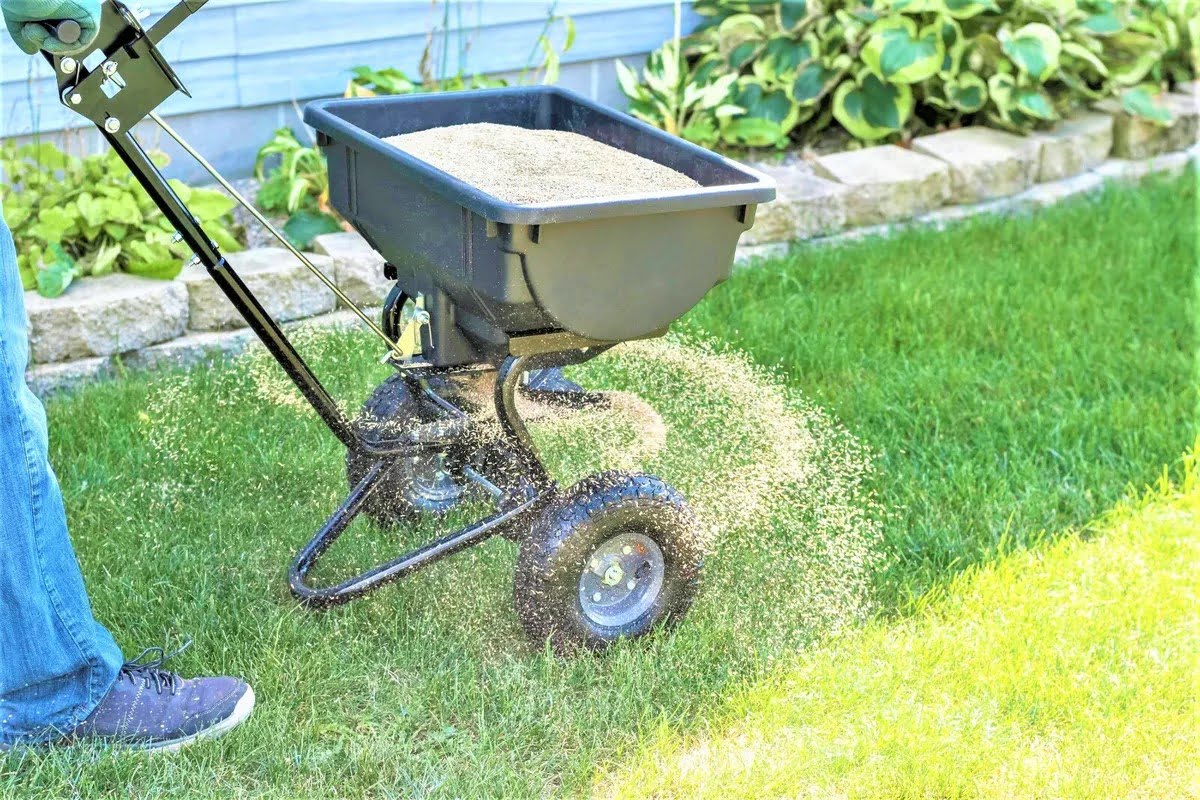

Garden Essentials
When To Plant Spring Grass Seed
Modified: March 16, 2024
Learn when and how to plant spring grass seed in your garden for a lush and vibrant lawn. Get expert tips and grow a beautiful, green oasis.
(Many of the links in this article redirect to a specific reviewed product. Your purchase of these products through affiliate links helps to generate commission for Storables.com, at no extra cost. Learn more)
Introduction
Planting grass seed in the spring is a great way to achieve a lush and vibrant lawn. The arrival of warmer temperatures and longer days provides the perfect conditions for grass growth. However, timing is critical when it comes to planting spring grass seed. If you plant too early, the grass may not survive frost or cold snaps. If you plant too late, the grass may struggle to establish itself before the heat of summer.
Before diving into the specifics of when to plant spring grass seed, there are a few factors to consider. Assessing your specific climate, grass type, and the condition of your lawn will help determine the optimal timing and preparation needed for successful seed germination.
In this article, we will explore the best time to plant spring grass seed, the necessary steps for preparation, and the key factors to consider when choosing the right grass seed. We will also discuss helpful tips for caring for newly planted grass seed and troubleshooting common problems that may arise.
So, whether you are planning to rejuvenate your existing lawn or looking to start a new one from scratch, read on to learn everything you need to know about planting spring grass seed.
Key Takeaways:
- Timing is crucial for planting spring grass seed. Consider climate, soil condition, grass type, and seeding method for a successful and vibrant lawn.
- Proper preparation, choosing the right grass seed, and following planting steps are essential for healthy spring grass seed growth. Consistent care and addressing common problems lead to a lush lawn.
Read more: When To Plant Grass Seed In The Spring
Factors to Consider Before Planting Spring Grass Seed
Before you start planting spring grass seed, there are several important factors to consider. Understanding these factors will help ensure the success of your seeding efforts and help you achieve a healthy and beautiful lawn.
- Climate: Your local climate plays a crucial role in determining the best time to plant spring grass seed. Consider the average temperatures, rainfall patterns, and frost dates in your area. Different grass species have different temperature requirements for germination, so choose a grass that is suitable for your climate.
- Soil Condition: Assessing the condition of your soil is essential before planting grass seed. Conduct a soil test to determine its pH level, nutrient content, and texture. This will help you identify any deficiencies or imbalances that need to be addressed before seeding.
- Existing Lawn: If you have an existing lawn, evaluate its current condition. Identify any bald patches, weeds, or areas of compacted soil that may require attention before overseeding or starting from scratch. It’s important to address these issues to create a conducive environment for new grass growth.
- Grass Type: Choosing the right type of grass for your lawn is crucial for successful growth. Consider factors such as sun exposure, shade tolerance, foot traffic, and water requirements when selecting a grass species. Different grass types have different growth patterns and maintenance needs, so choose one that suits your preferences and the conditions of your lawn.
- Seeding Method: There are two primary methods for planting grass seed: overseeding and starting from scratch. Overseeding involves distributing seed over an existing lawn to fill in thin or bare areas. Starting from scratch, on the other hand, involves preparing the soil and planting seed on a bare lawn. Determine which method is most suitable for your lawn’s needs and your desired outcome.
By considering these factors before planting spring grass seed, you can ensure that you are taking the necessary steps to set your lawn up for success. Taking the time to assess your climate, soil condition, existing lawn, grass type, and seeding method will help you make informed decisions and increase the chances of achieving a healthy and thriving lawn.
Best Time to Plant Spring Grass Seed
Timing is crucial when it comes to planting spring grass seed. The optimal time for seeding will depend on your specific location, climate, and grass type. However, as a general rule of thumb, the best time to plant spring grass seed is when soil temperatures reach around 50 to 65 degrees Fahrenheit (10 to 18 degrees Celsius).
In most regions, this temperature range coincides with early spring, typically between late March and late May. However, this timeframe can vary depending on your geographical location and the specific grass species you are planting.
Warm-season grasses, such as Bermuda grass or Zoysia grass, should be planted when soil temperatures consistently reach the optimal range. Typically, this occurs in late spring or early summer, when the risk of cold snaps and frost has passed.
Cool-season grasses, including Kentucky Bluegrass, Perennial Ryegrass, and Fine Fescue, can tolerate cooler temperatures and can be planted earlier in the spring. These grasses can be seeded as soon as soil temperatures reach the ideal range, even if there is still a chance of cooler temperatures.
It is important to note that planting grass seed too early in the spring when the soil is still cold can result in poor germination and slow growth. Conversely, planting too late in the spring may not allow sufficient time for the grass to establish itself before the heat and drought conditions of summer.
Keep in mind that these guidelines are general recommendations, and it is essential to consult local garden centers, extension services, or landscaping professionals for specific advice tailored to your region and grass type.
By planting spring grass seed at the right time, you give your lawn the best chance to establish robust roots and healthy growth. This will result in a lush and vibrant lawn that can withstand the challenges of the summer months and provide you with a beautiful outdoor space to enjoy.
Preparation for Planting
Proper preparation is key to ensuring successful grass seed germination and establishment. Before planting spring grass seed, follow these essential steps to prepare your lawn:
- Clean the Area: Start by removing any debris, such as rocks, sticks, and leaves, from the area where you plan to seed. Clearing the area will create a clean and even surface for optimal seed-to-soil contact.
- Test and Amend Soil: Conduct a soil test to determine the pH level and nutrient composition of your soil. This will help you identify any amendments or adjustments needed to create an ideal environment for grass seed growth. Add lime to raise the pH level if it is too acidic or add sulfur to lower it if it is too alkaline. Incorporate organic matter, such as compost or well-rotted manure, to improve soil structure and fertility.
- Remove Weeds and Existing Vegetation: If you have weeds or unwanted vegetation in the area, remove them before planting grass seed. Use herbicides or manual methods like hand pulling or tilling to eliminate weeds. Ensure that all roots and rhizomes are properly removed to prevent regrowth.
- Loosen the Soil: Use a garden fork or a mechanical aerator to loosen the top layer of soil. This will improve root penetration and water absorption, allowing the grass seed to establish more easily. Avoid excessive tilling, as it can disrupt the soil structure and create a compacted surface.
- Level the Surface: Use a rake or leveling tool to smooth and even out the soil surface. This will help prevent water pooling and will result in a more uniform lawn appearance once the grass seed begins to grow.
- Address Drainage Issues: Adequate drainage is essential for healthy grass growth. If you have areas with poor drainage, consider incorporating drainage solutions like French drains or regrading the area to redirect water flow.
- Apply Starter Fertilizer: Before seeding, apply a high-quality starter fertilizer according to the manufacturer’s instructions. Starter fertilizers contain essential nutrients that promote healthy root development and improve seedling vigor.
By following these preparation steps, you will create an optimal environment for spring grass seed germination and growth. Properly preparing the soil, removing weeds, and addressing any drainage issues will enhance the chances of successful establishment, leading to a lush and healthy lawn.
Choosing the Right Grass Seed
When it comes to choosing the right grass seed for your lawn, several factors should be considered, including your climate, sun exposure, soil type, and intended use of the lawn. Here are some key points to keep in mind when selecting grass seed:
- Climate Adaptability: Different grass species thrive in different climates. Consider whether you live in a warm-season or cool-season region, and choose a grass type that is well-suited to your local climate. Warm-season grasses, such as Bermuda grass or Zoysia grass, are ideal for hot and humid areas, while cool-season grasses like Kentucky Bluegrass or Tall Fescue are better suited for regions with colder winters.
- Sun and Shade Tolerance: Assess the amount of sunlight your lawn receives throughout the day. Some grasses, such as Bermuda grass, require full sun, while others like Fine Fescue or Creeping Red Fescue tolerate partially shaded areas. Choose a grass seed that matches the sunlight conditions of your lawn to ensure optimal growth.
- Soil Type: Consider the type of soil you have, whether it is sandy, loamy, or clay-based. Different grass species have varying tolerance levels for soil conditions. For example, Kentucky Bluegrass performs well in loamy soil, while Tall Fescue is more adaptable to a wide range of soil types, including clay soils.
- Maintenance Requirements: Some grasses demand more maintenance than others. Determine the level of maintenance you are willing to commit to and choose a grass seed accordingly. For instance, Bermuda grass requires regular mowing, fertilization, and watering, while Fine Fescue is known for its low-maintenance nature.
- Intended Use: Consider how you plan to use your lawn. If you have kids or pets who will be playing on the grass, choose a grass seed that can handle heavy foot traffic, such as Perennial Ryegrass. For ornamental lawns, Fine Fescue or Kentucky Bluegrass can offer a lush and attractive appearance.
- Read Seed Labels: Read the labels and packaging information of different grass seed varieties. Look for details on germination rate, purity, and any specific instructions or recommendations for planting and care. This will help you make an informed decision and ensure you are selecting high-quality grass seed.
Consulting with local garden centers, extension services, or landscaping professionals can provide valuable insights specific to your region and lawn conditions. They can offer recommendations on the best grass seed varieties for your area and assist in selecting the perfect seed for your lawn.
By carefully considering these factors and understanding the unique characteristics of different grass types, you can choose the right grass seed that will thrive in your specific climate and meet your lawn’s needs and aesthetics.
Tip: Plant spring grass seed when soil temperatures reach 55-65°F for optimal germination. This is usually around mid-April to mid-May, depending on your location. Be sure to prepare the soil by removing debris and adding a thin layer of compost before planting.
Read more: When To Start Seeds For Spring Planting
Steps for Planting Spring Grass Seed
Planting spring grass seed requires proper technique and attention to detail to ensure successful germination and establishment. Follow these steps to plant your grass seed effectively:
- Prepare the Soil: Start by preparing the soil as mentioned earlier in this article. Remove any debris, test and amend the soil, and ensure it is loose and level for optimal seed-to-soil contact.
- Distribute the Seed: Use a handheld spreader or a mechanical seed spreader to evenly distribute the grass seed over the prepared soil. Follow the manufacturer’s instructions for the appropriate seeding rate, which will vary depending on the grass species you are planting.
- Rake the Seed: Use a rake to lightly work the grass seed into the top layer of soil. This will help promote seed-to-soil contact and improve germination rates. Be gentle to avoid burying the seeds too deeply, as they need access to light for germination.
- Water the Seeded Area: After seeding, water the area lightly but thoroughly. The soil should be moist, but not saturated. Use a gentle spray or misting nozzle to avoid displacing the seeds or causing erosion. Keep the soil consistently moist during the germination process.
- Maintain Moisture: Depending on the weather conditions, you may need to water the seeded area daily or multiple times a day to keep the soil consistently moist. Avoid overwatering, as excessive moisture can lead to disease or wash away the seeds.
- Monitor Growth: As the grass seed begins to germinate, monitor the progress of the new growth. Be patient, as germination times can vary depending on the grass species. Once the grass reaches a height of about 3 inches, you can begin to reduce the frequency of watering and transition to a regular watering schedule.
- Mow Carefully: When the grass has reached a height of around 4 to 6 inches, it is time for the first mowing. Be gentle and mow at a height that does not remove more than one-third of the grass blade. This will promote healthy root growth and encourage thicker, denser grass coverage.
- Follow a Maintenance Schedule: Implement a regular maintenance routine for your newly planted grass seed. This may include fertilizing, aerating, and watering as necessary, depending on the needs of your specific grass type. Consult with local experts or resources for recommended maintenance schedules and practices.
By following these steps and providing proper care and maintenance, you will maximize the chances of successful grass seed germination and establish a healthy, lush lawn. Remember to be patient and consistent in your efforts, as it may take several weeks for the grass to fully establish and fill in the desired area.
Caring for Newly Planted Grass Seed
Proper care and maintenance are crucial for the successful establishment of newly planted grass seed. The following tips will help you care for your newly planted grass seed and ensure healthy growth:
- Water Adequately: Watering is essential for seed germination, root development, and overall growth. Keep the soil consistently moist, but avoid overwatering. Water lightly and frequently to prevent soil drying out or becoming too saturated. Pay attention to weather conditions and adjust watering accordingly.
- Maintain Moisture: During the germination period, it is important to employ a gentle watering technique to prevent disturbing the seeds. Consider using a fine misting nozzle or a soaker hose to ensure even moisture distribution. Aim to keep the top inch of soil consistently moist until the grass reaches a height of 1 to 2 inches.
- Monitor Weed Growth: Keep a close eye on the seeded area for weed growth. Weeds can compete with the grass seedlings for nutrients and space, hindering their growth. If you notice any weeds, remove them by hand to prevent them from taking over the lawn.
- Avoid Heavy Foot Traffic: Minimize foot traffic on newly seeded areas to allow the grass to establish its roots. Walking or playing on the seeded area too soon can cause soil compaction and damage the delicate seedlings. Restrict access and use alternative paths until the new grass has matured.
- Mow Carefully: Once the grass reaches a height of about 4 to 6 inches, it is time for the first mowing. Set the mower to a higher setting to avoid cutting the grass too short, as this can stress the new seedlings. Remove no more than one-third of the grass blade length to encourage healthy growth.
- Follow a Fertilization Schedule: Once the new grass has established itself, follow a regular fertilization schedule suited to the specific grass species. Consider using a slow-release, balanced fertilizer to provide essential nutrients gradually.
- Address Disease and Pest Issues: Keep an eye out for any signs of disease or pest problems. Address these issues promptly to prevent them from damaging the newly planted grass. Consult with local experts or resources to identify and treat any issues that arise.
- Maintain Regular Maintenance: As the grass continues to grow, establish a regular maintenance routine that includes watering, mowing, and fertilization. Adhere to recommended guidelines for the specific grass species to ensure optimal health and vitality.
Remember that successful establishment of newly planted grass seed takes time and patience. Follow these care guidelines and provide consistent attention to the lawn for several weeks to allow the grass to grow and fill in. With proper care, your newly planted grass seed will develop into a lush and vibrant lawn that you can enjoy for years to come.
Common Problems and Troubleshooting
While planting spring grass seed can be a rewarding endeavor, there are some common problems that you may encounter during the process. Understanding these issues and their solutions will help you troubleshoot and overcome any challenges that arise:
- Poor Germination: If you notice that your grass seed is not germinating or sprouting as expected, it may be due to factors such as insufficient watering, incorrect seed depth, or poor seed quality. Ensure that you are watering adequately, following the recommended seeding depth, and using high-quality seed from a reputable source.
- Patchy or Uneven Growth: Patchy or uneven growth may occur if the grass seed was not distributed evenly or if certain areas of the lawn receive more or less water and sunlight. To address this issue, consider overseeding thin or bare spots, and adjust your watering and mowing practices to promote more uniform growth.
- Weed Invasion: Weeds can pose a serious threat to newly planted grass seed. To combat weed invasion, hand-pull any visible weeds, apply a pre-emergent herbicide before seeding, and continue to remove weeds as they appear. Avoid using post-emergent herbicides until the new grass is well-established, as it may harm the seedlings.
- Disease and Pest Infestation: Disease and pest issues can hamper the growth and health of newly planted grass. Common diseases include fungal infections like brown patch or dollar spot, while pests such as grubs or chinch bugs can cause damage. Identify the specific issue and seek appropriate treatments or consult with professionals for guidance.
- Soil Compaction: Soil compaction can inhibit grass seed growth and root development. Avoid walking or heavy machinery on the newly seeded area, and consider aerating the soil to alleviate compaction and improve air circulation and water absorption.
- Insufficient Sunlight: If your grass seed is not receiving enough sunlight, it can result in weak and sparse growth. Prune overhanging tree branches or other obstacles that may be blocking sunlight from reaching the grass. Alternatively, consider planting a shade-tolerant grass species if the area receives minimal sunlight.
- Improper Watering: Overwatering or underwatering can be detrimental to newly planted grass seed. Ensure that you are watering consistently and providing the right amount of moisture for seed germination and establishment. Avoid frequent shallow watering that can encourage shallow root growth.
- Incorrect Mowing Practices: Improper mowing can stress newly planted grass and impede its growth. Avoid cutting the grass too short, as this can weaken the seedlings. Set the mower at a higher height and gradually reduce it as the grass matures and establishes a strong root system.
If you encounter any of these common problems during the process of planting spring grass seed, take the appropriate corrective measures to rectify the situation. Remember that proper care, maintenance, and patience are key to achieving a healthy and thriving lawn.
Conclusion
Planting spring grass seed is an exciting and rewarding endeavor that can transform your lawn into a lush and vibrant outdoor space. By considering factors such as climate, soil condition, grass type, and seeding methods, you can ensure the success of your seeding efforts.
The best time to plant spring grass seed varies based on your specific location and grass type, but generally falls between late March and late May. Adequate preparation is essential, including clearing the area, testing and amending the soil, and addressing any weed or drainage issues.
Choosing the right grass seed that is suitable for your climate, sun exposure, and soil type will facilitate healthy growth. Following proper planting steps, including distributing the seed evenly, lightly raking it into the soil, and maintaining adequate moisture, will optimize seed germination and establishment.
Once the grass seed has sprouted, caring for it involves consistent watering, avoiding heavy foot traffic, mowing carefully, and following a regular maintenance routine. Additionally, addressing common problems like poor germination, weed invasion, disease, or soil compaction is crucial to ensure the success of your newly planted grass seed.
Remember that establishing a healthy and thriving lawn takes time and patience. With proper care and attention to detail, your newly planted grass seed will grow into a beautiful, resilient, and enjoyable outdoor space for you and your loved ones to enjoy.
If you have any specific concerns or questions, it is always advisable to consult with local garden centers, extension services, or landscaping professionals who have expertise in your region. They can provide tailored advice and guidance to meet the unique needs of your lawn.
So, roll up your sleeves, gather your tools, and get ready to plant spring grass seed for a lawn that will be the envy of the neighborhood!
Frequently Asked Questions about When To Plant Spring Grass Seed
Was this page helpful?
At Storables.com, we guarantee accurate and reliable information. Our content, validated by Expert Board Contributors, is crafted following stringent Editorial Policies. We're committed to providing you with well-researched, expert-backed insights for all your informational needs.
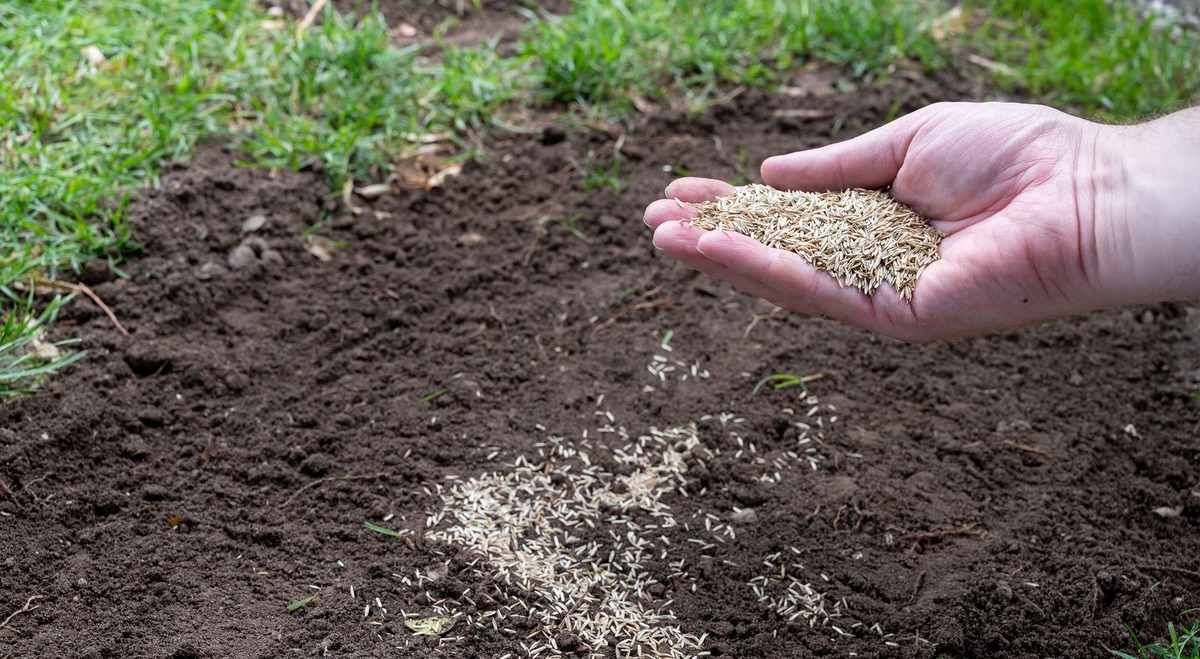

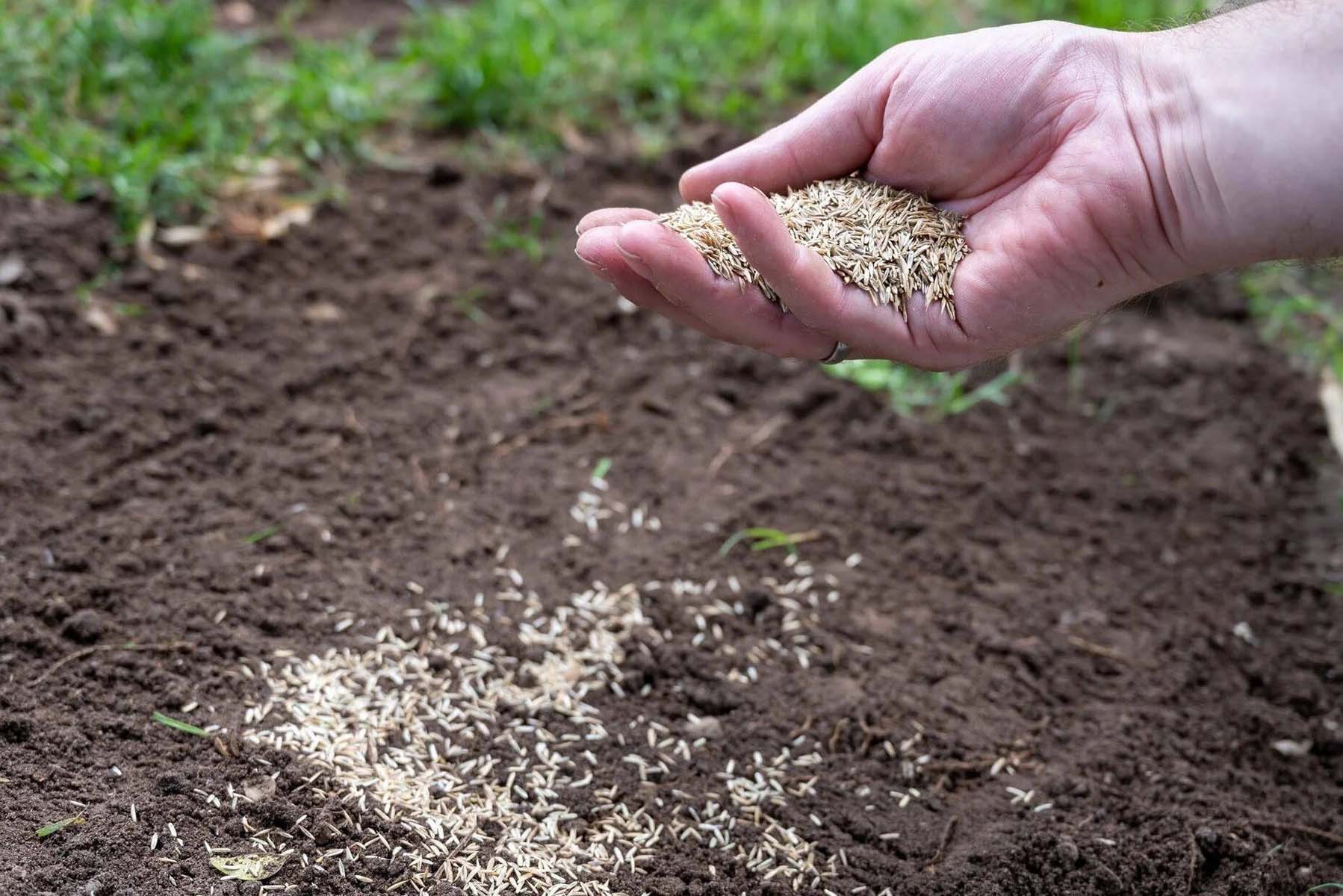
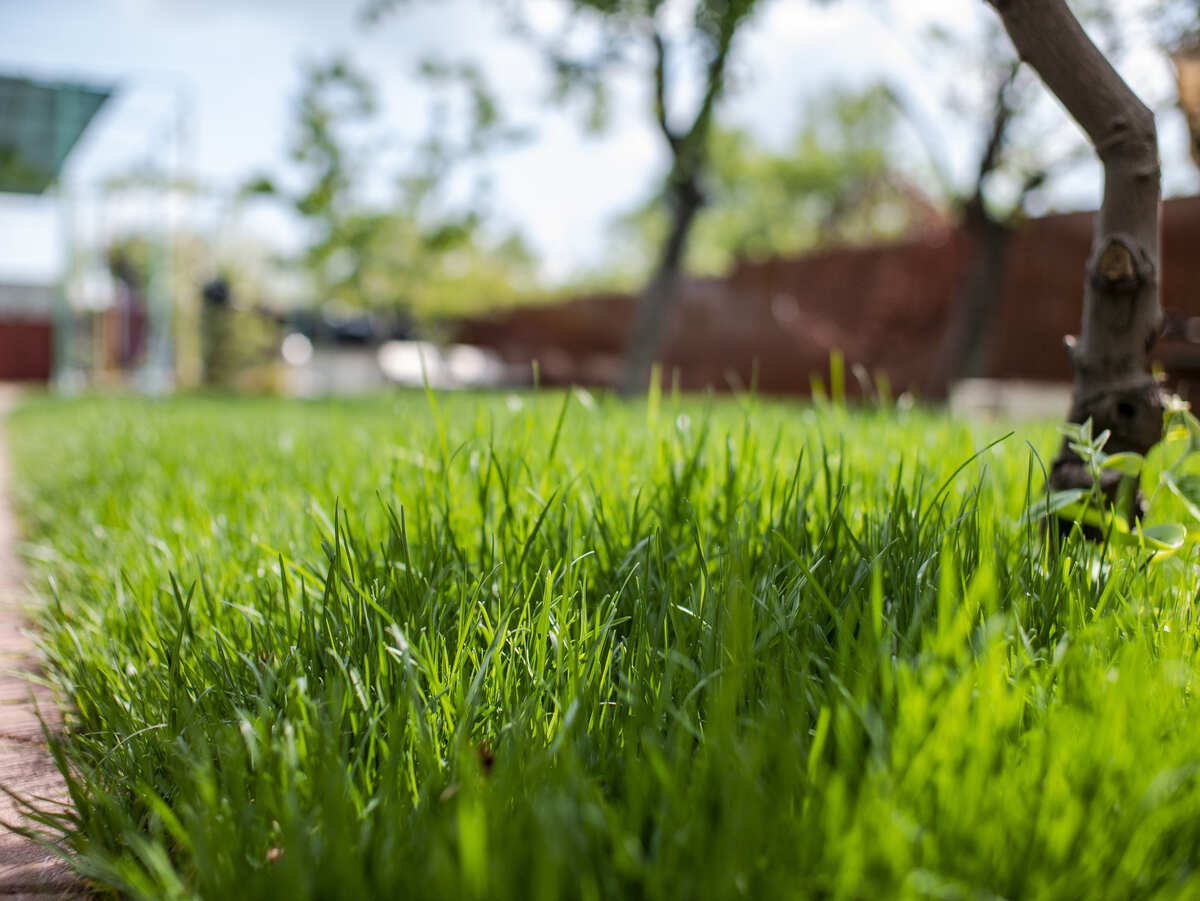
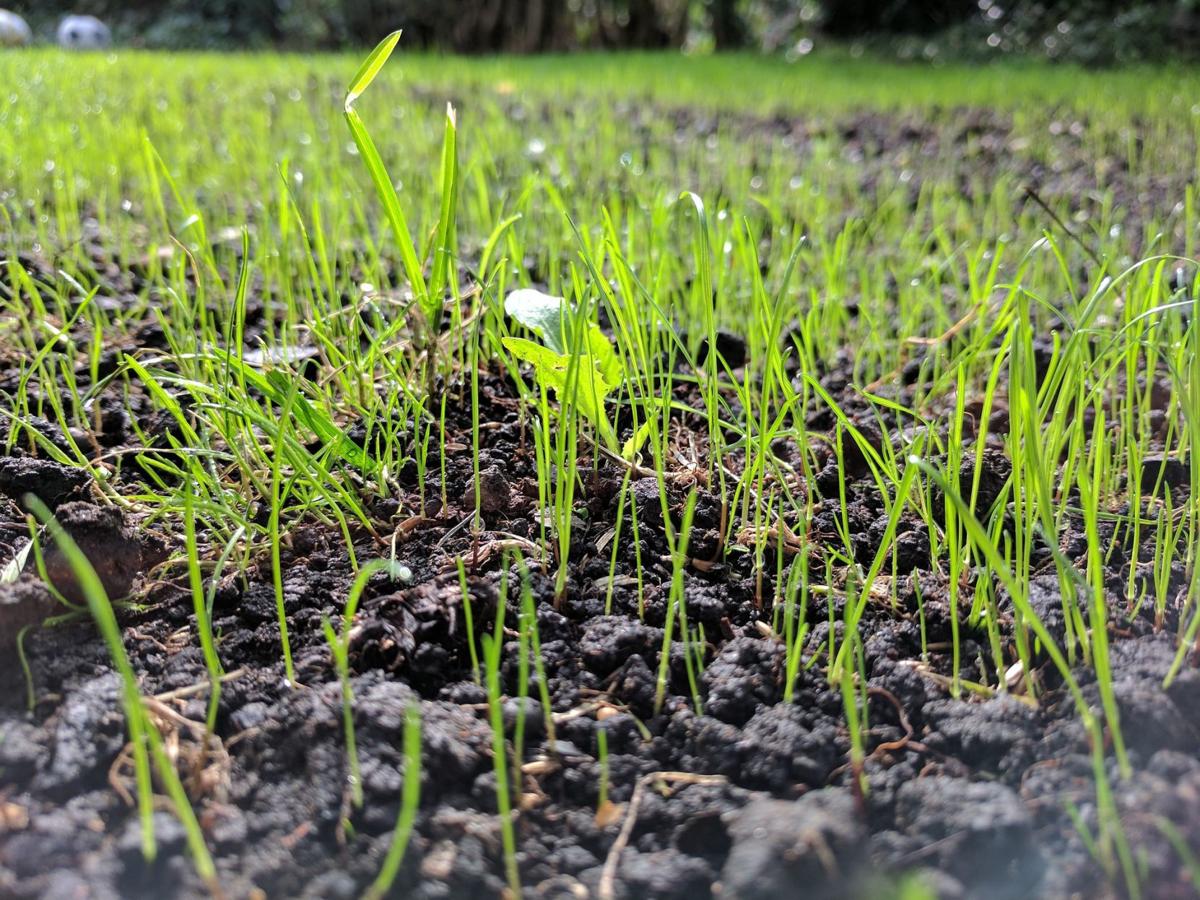
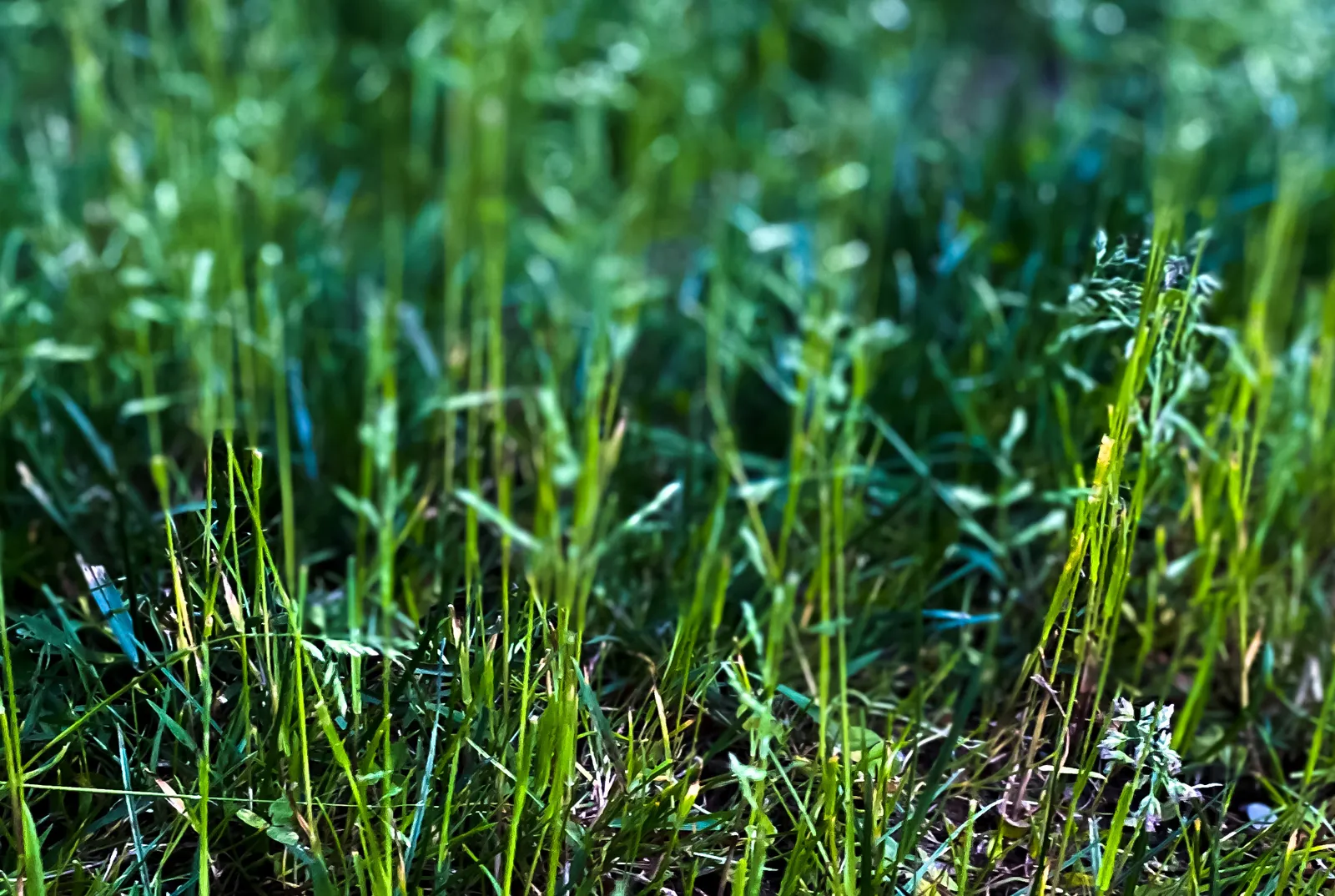
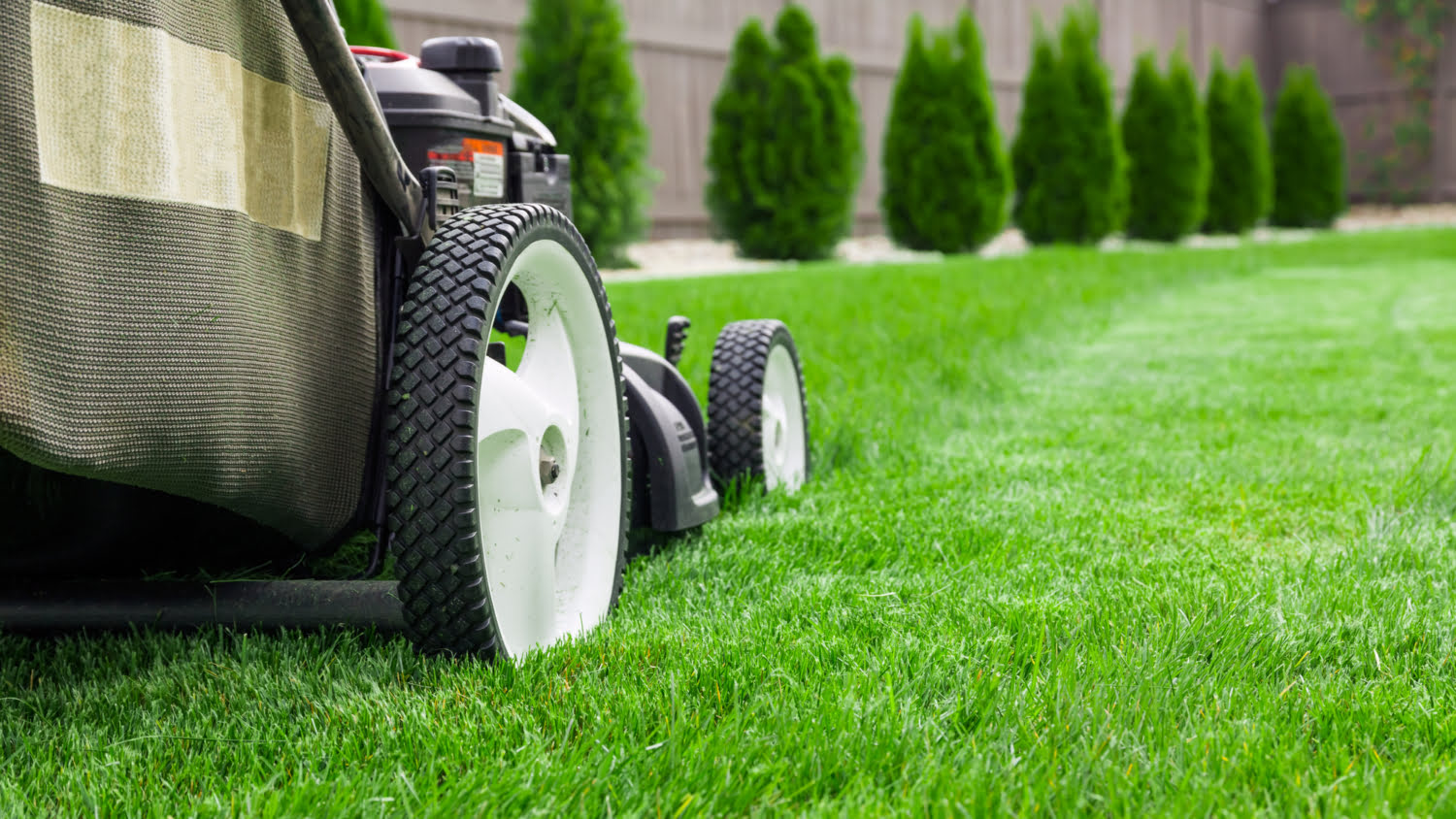
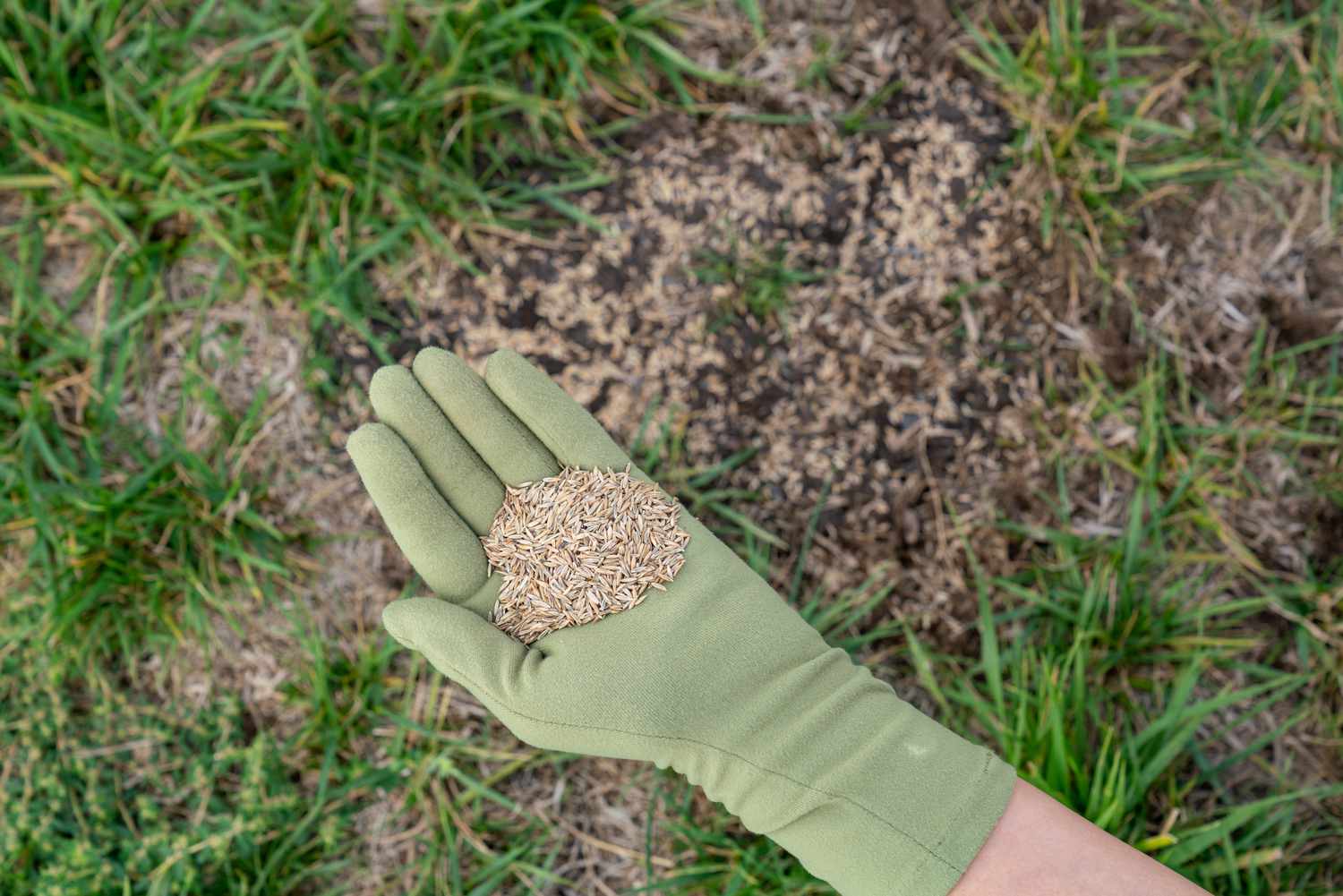

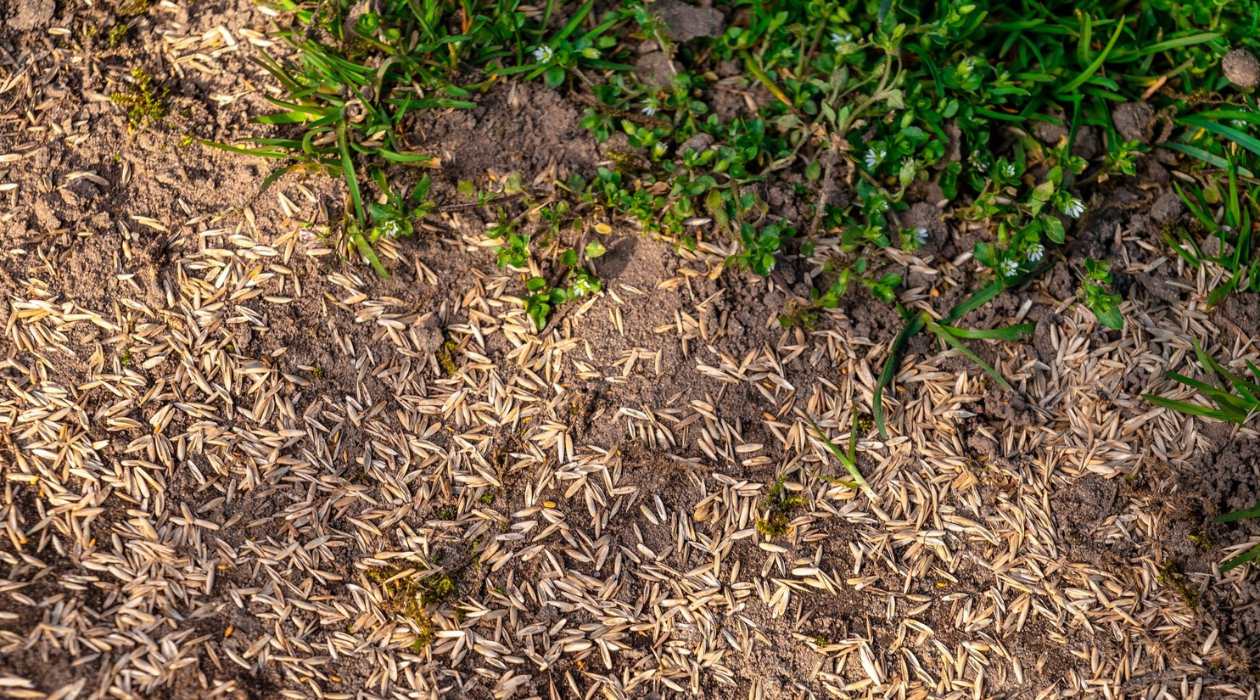

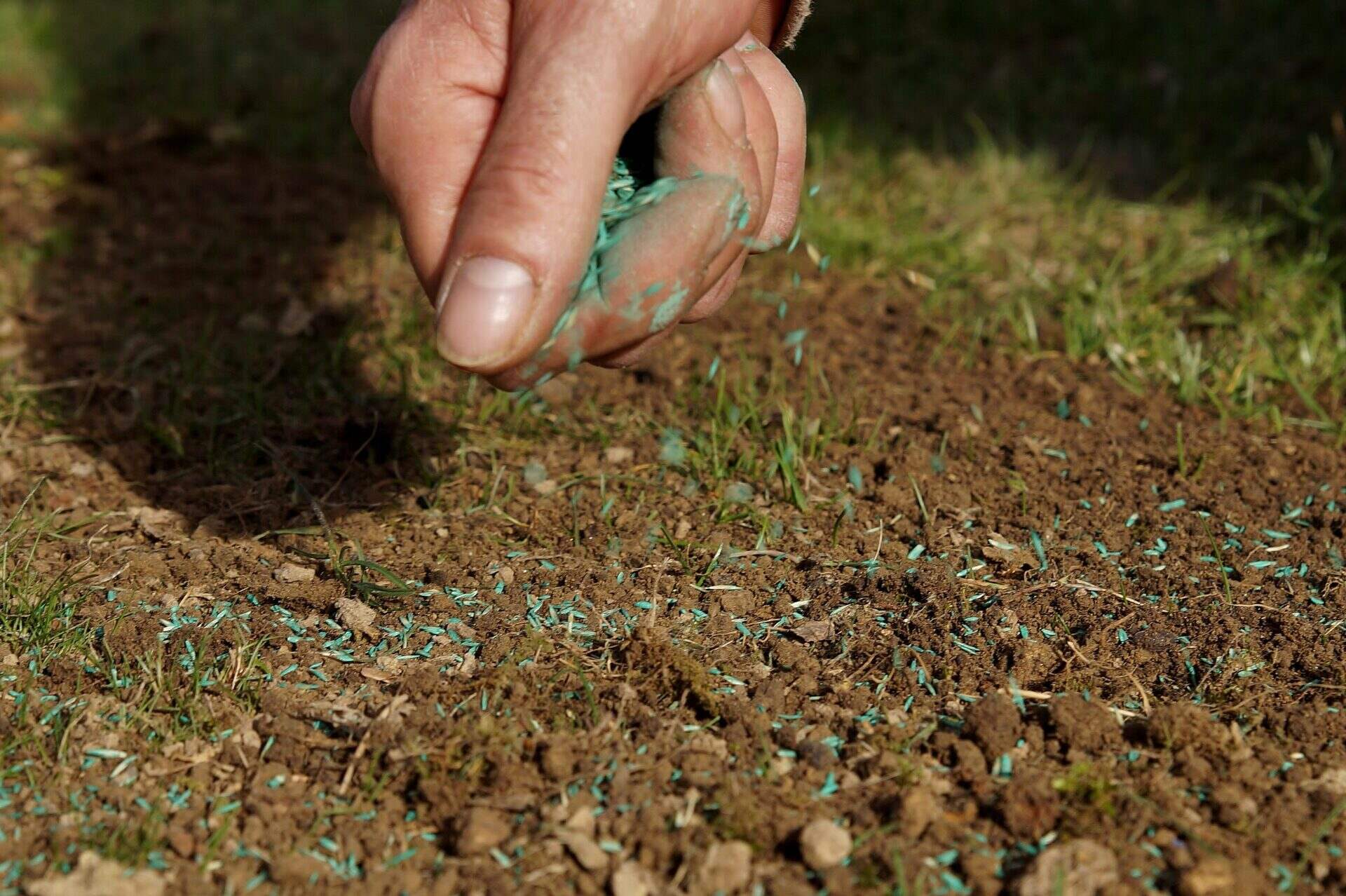



0 thoughts on “When To Plant Spring Grass Seed”